What Is A Links Golf Course?
What is a links golf course? Here, we take a look at what considerations need to be made when playing links courses, and the strategy they demand
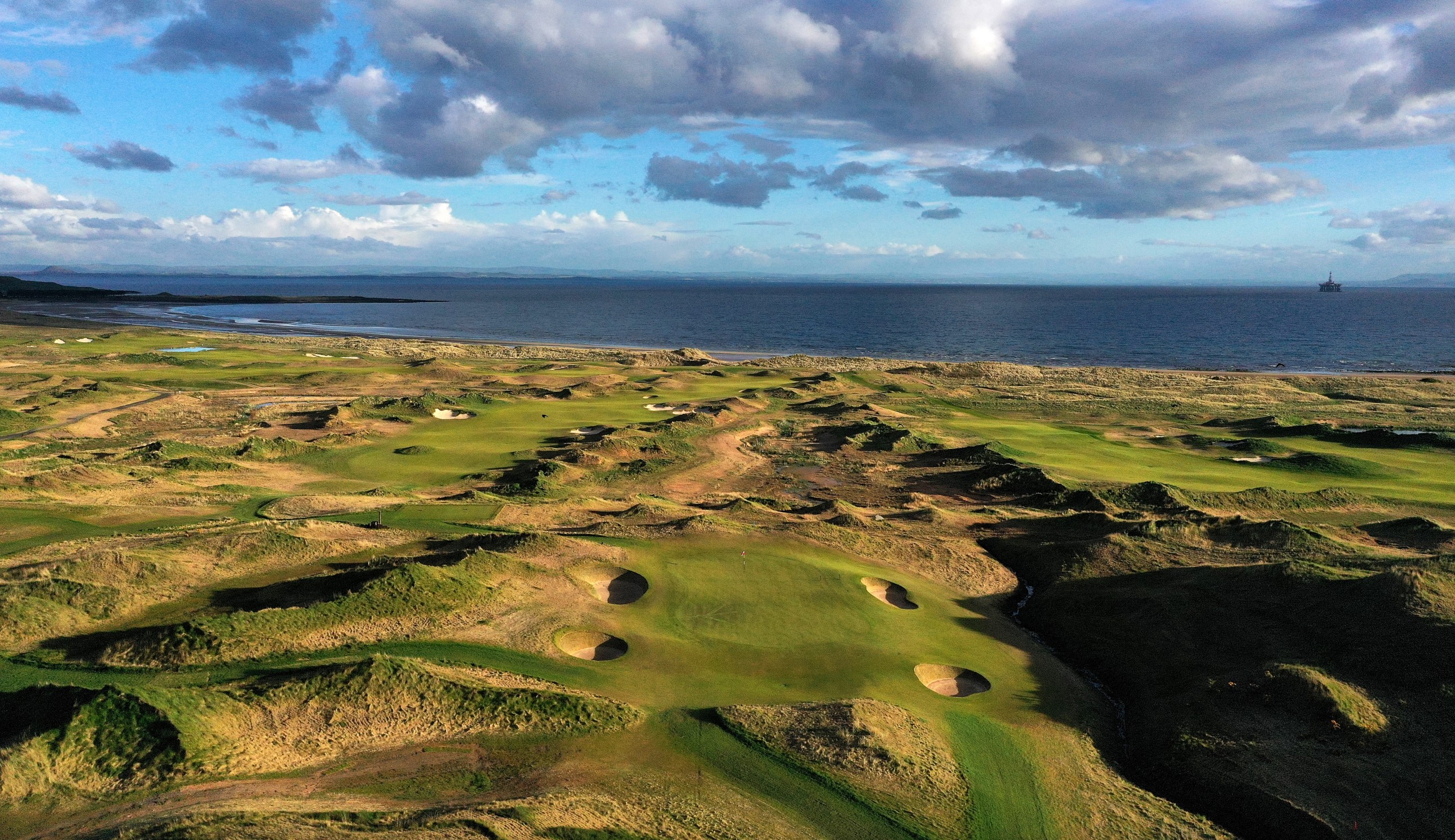

For many, playing a links golf course delivers the game in its purest form. It is where the sport, as we know it, originated from, and it’s where you’ll find the ultimate test of your golfing skill and mental fortitude.
It’s on a links golf course where each July, The Open Championship is contested and where the Champion Golfer for the year decided. Throughout the tournament, the links throws up some harsh and unpredictable moments, but can be also wonderfully forgiving!
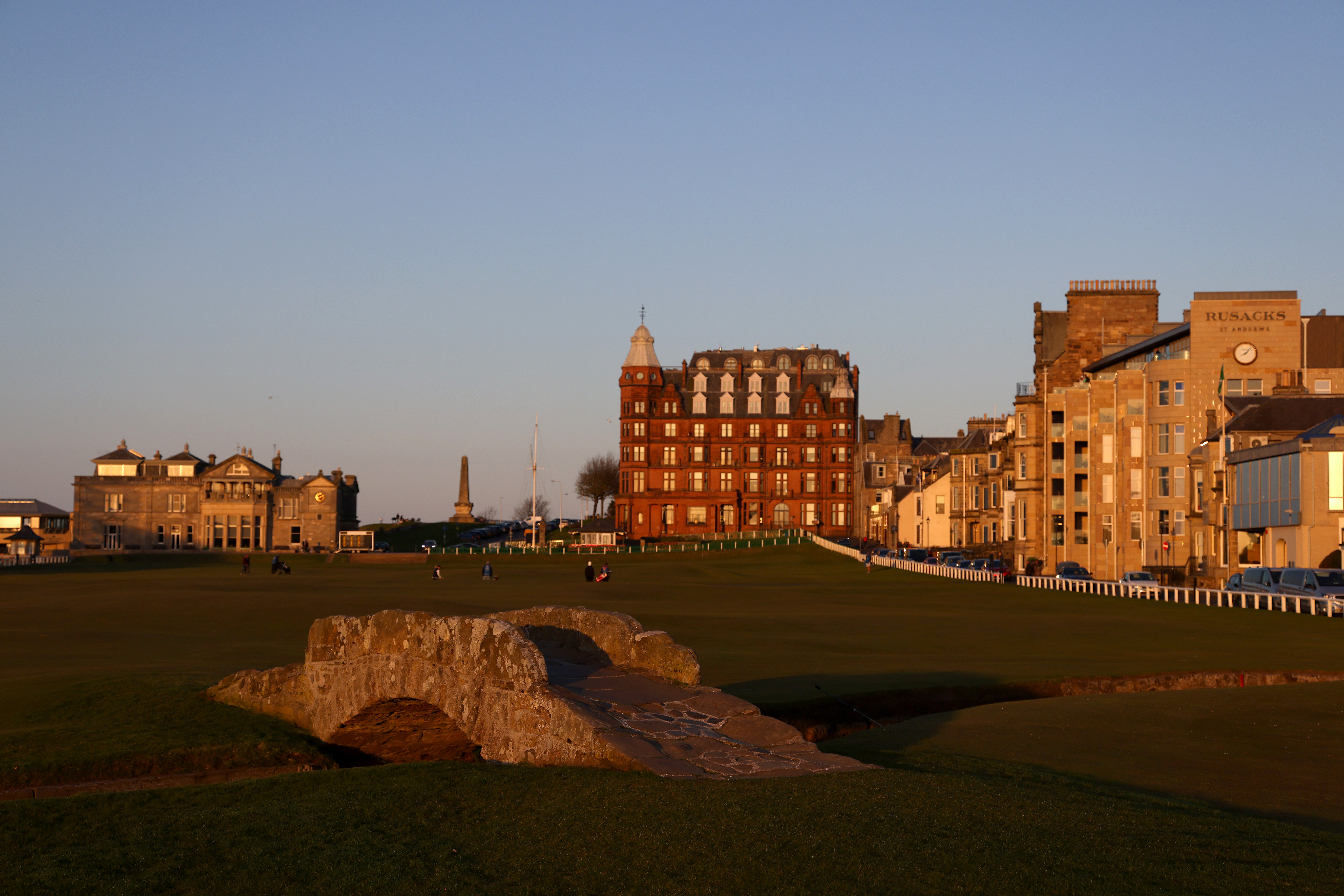
Arguably the most iconic scene in golf - The 18th hole on the Old Course at St Andrews
What is a links golf course?
'The links' isn’t a term specific to golf courses. It is simply a strip of generally undulating, but always sandy, terrain linking the sea and the arable farmland around the edges of the British Isles. As it often went unused, it was ideal ground for sporting pioneers on the east coast of Scotland back in the 15th and 16th centuries, as they experimented with a new stick and ball game.
It was over these narrow corridors of gorse-covered, sandy dunes that rudimentary “courses” were first carved out and golf, as we know it, began. The ground on the links is firm and sandy, populated by indigenous bent and fescue grasses that are extremely hardy. When cut, these grasses provide an ideal playing surface that’s easily maintained.
The terrain on the links is rolling and this means there are incredible natural contours to create unique features on golf holes, without the need for any earth to be moved. The sandy base also means the ground tends to drain extremely well so links courses are rarely, if ever, unplayable due to rain.
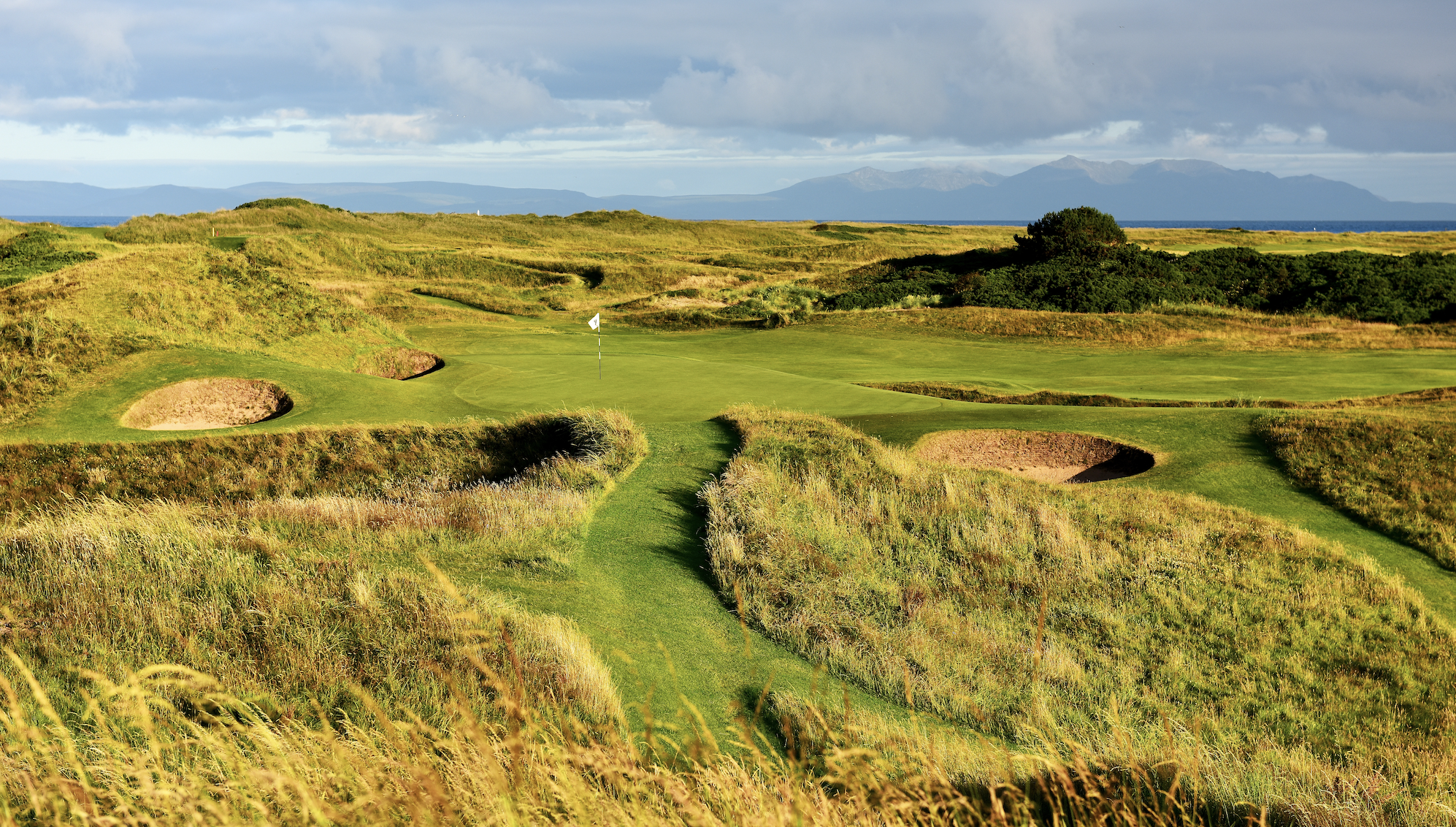
The Postage Stamp 8th hole at Royal Troon
Traditional links golf courses have simply been laid out over the natural terrain and the holes weren’t built in the same way they are on a modern inland golf course. A teeing area was selected then a suitable spot for a green. They, and a path (or fairway) between the two, were cleared of gorse and other forms of impenetrable greenery and the grass kept short (by sheep and, later, mowers).
Over the years the odd bunker was dug at key points. Links courses sit comfortably, rather than being forced upon the land. Many of the best golf courses in Scotland, the best golf courses in Ireland and the best golf courses in Northern Ireland are links courses, from historic Open venues to much-loved classics and modern greats.
Get the Golf Monthly Newsletter
Subscribe to the Golf Monthly newsletter to stay up to date with all the latest tour news, equipment news, reviews, head-to-heads and buyer’s guides from our team of experienced experts.
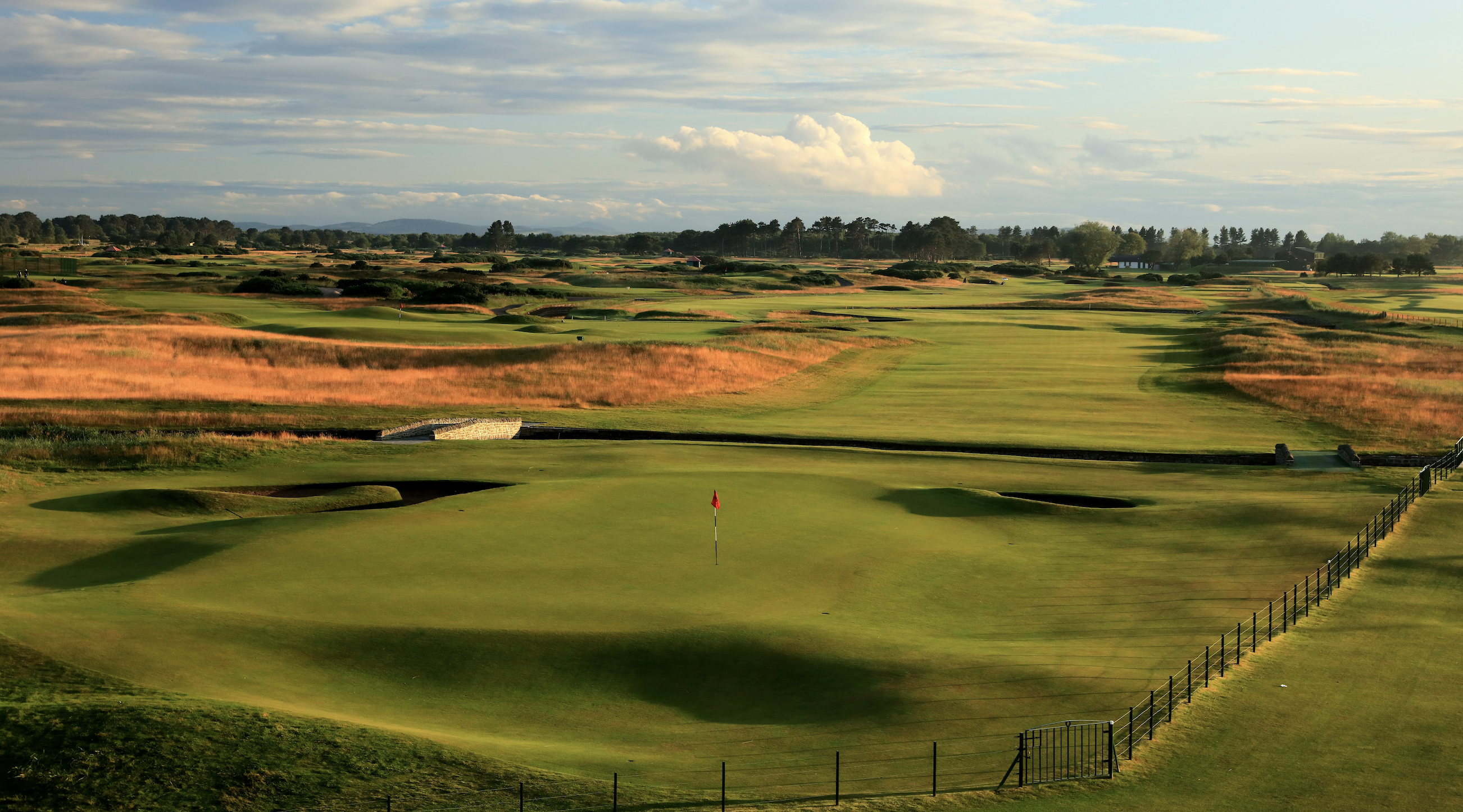
The 18th hole at Carnoustie
When it comes to the conditions, the wind is almost ever-present on the links and this is one of the principal challenges to the golfer. Playing with the wind behind, the ball can travel huge distances, bounding along the hard, sandy turf propelled by the gusts. However, when the wind is against or from the side, the challenge is rather different and a short hole on the card can become a monster.
Almost all the true links golf courses are found in the UK and Ireland, although there are layouts with links-like playing characteristics around the world, particularly on the North Sea coast of continental Europe.
Each July, The Open Championship is held on one of the finest links courses in the world - with the 10 best links courses in the UK featuring a total of eight Open rota venues. These are the best tracks our isles have to offer and, when it comes to Golf Monthly’s top-100 rankings, the links courses dominate.
What are the keys to playing a links golf course?
The fundamental key to playing on a links golf course is acceptance. You have to learn to accept the rough with the smooth and must accept it is different to inland courses and learn to embrace those differences.
You must accept a good shot may go unrewarded owing to a cruel bounce or an ill-timed gust of wind. Similarly, that an opponent’s poor shot may end up being just fine as it re-bounds towards the target off a severe contour, or chases 200 yards across the hard turf despite never getting airborne. Remember – it could be you next time!
Many who play the links for the first time can’t fathom the appeal and it can take a few visits to appreciate the nuances. Links legend, Tom Watson, admits he just didn’t get it on his first trip to the links. The American persevered though and went on to win five Opens and discover a passion for British seaside golf – one that has made him hugely popular with golf fans on this side of the Atlantic.
The first time Bobby Jones played St Andrews, in the 1921 Open Championship, he walked off in disgust after 11 holes. It wasn’t a popular move at the time, but Jones would later learn to love the links and the Old Course at St Andrews in particular.
The locals appreciated his change of heart and, in 1958, he was given the freedom of the city.
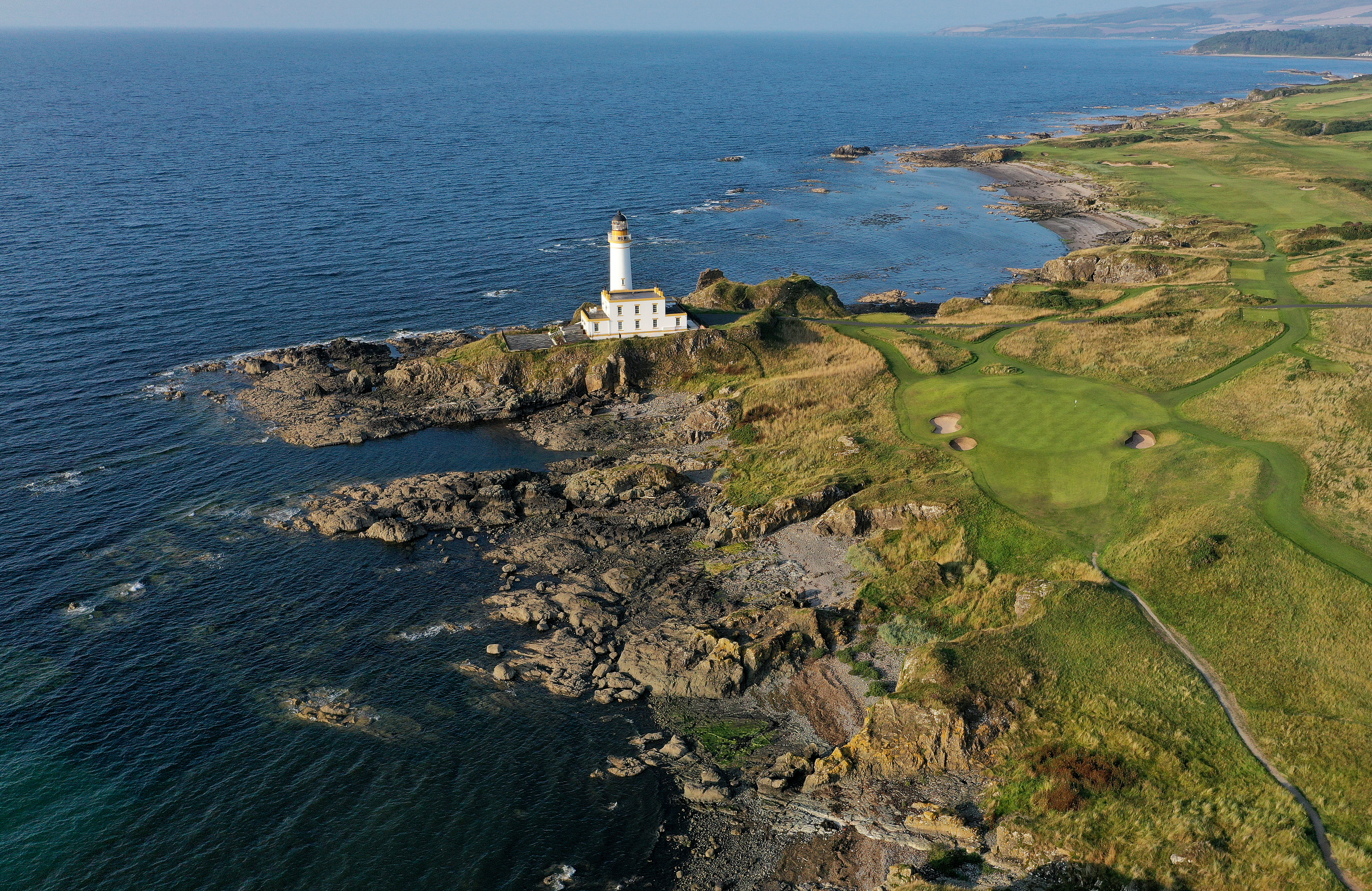
The stunning coastline at Turnberry
As already mentioned, the challenges you face on links golf courses is very different to most inland courses and this is largely due to the wind. From the tee, you must keep the ball low and under the breeze.
A high bomb is not the shot of choice as, the higher a shot gets, the more the wind will move it. The low ball with little spin, that hits the fairway and scampers on, is the ideal links drive.
From the fairway, the low penetrating iron shot clipped neatly off the firm ground is the objective. Watch the best links players and you’ll see they barely take a divot, picking the ball cleanly off the surface and sending it forward, again with as little spin as possible so the ball doesn’t balloon into the wind or disappear on a cross-breeze.
Around the putting surface, once more, the low shot is preferable. The chip-and-run is the links short-game shot of choice; keeping the ball close to the ground, hugging and following the natural contours. If you throw it up, the bounce could be hugely unpredictable. The ball might stop dead if it pitches on an upslope or it may ricochet violently in the wrong direction if it strikes a side slope.
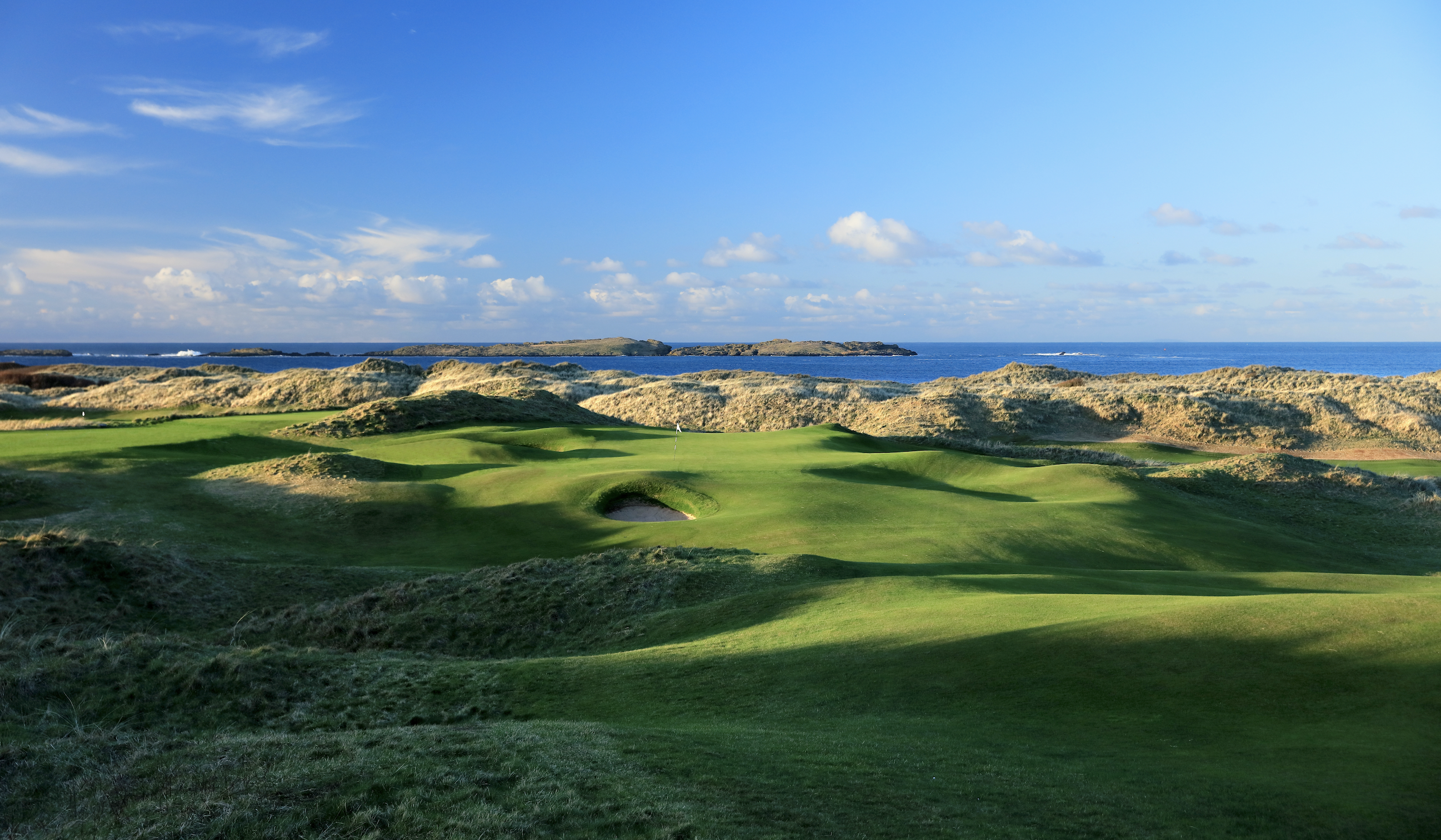
2019 Open Championship venue Royal Portrush
Overall, links golf is about patience and strategy; understanding when to attack and when to keep your powder dry. You must keep control of your golf ball, don’t persist in sending it skyward, offering it the chance to be blown off-course.
You must study the slopes and consider how they might affect your shot, and you must avoid the cavernous pot-bunkers that pock mark most links courses, as well as the unforgiving gorse that bounds them.
Above all though, you must simply enjoy the experience of playing golf as it was meant to be.

Fergus is Golf Monthly's resident expert on the history of the game and has written extensively on that subject. He has also worked with Golf Monthly to produce a podcast series. Called 18 Majors: The Golf History Show it offers new and in-depth perspectives on some of the most important moments in golf's long history. You can find all the details about it here.
He is a golf obsessive and 1-handicapper. Growing up in the North East of Scotland, golf runs through his veins and his passion for the sport was bolstered during his time at St Andrews university studying history. He went on to earn a post graduate diploma from the London School of Journalism. Fergus has worked for Golf Monthly since 2004 and has written two books on the game; "Great Golf Debates" together with Jezz Ellwood of Golf Monthly and the history section of "The Ultimate Golf Book" together with Neil Tappin , also of Golf Monthly.
Fergus once shanked a ball from just over Granny Clark's Wynd on the 18th of the Old Course that struck the St Andrews Golf Club and rebounded into the Valley of Sin, from where he saved par. Who says there's no golfing god?
-
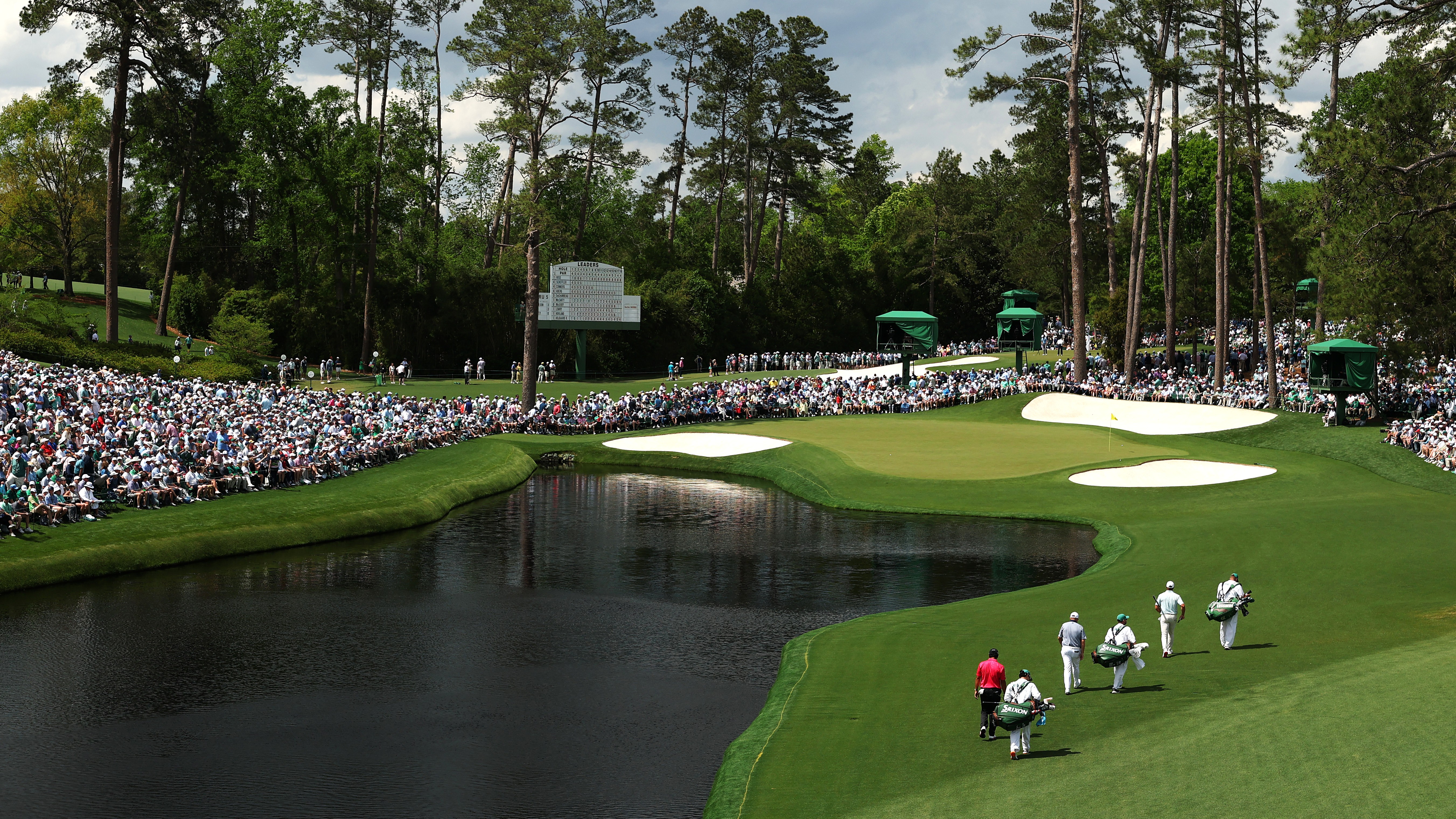 Watch The Masters Round Three: Live Streams, TV Coverage, Start Time For Today's Play
Watch The Masters Round Three: Live Streams, TV Coverage, Start Time For Today's PlayHow to watch The Masters on Saturday April 13, with all the information on live streams, TV broadcasts, and free coverage for Round Three at Augusta National.
By Patrick Fletcher Published
-
 14 Big Names Who Missed The Cut At The Masters
14 Big Names Who Missed The Cut At The MastersAn exciting prospect is in-store over the weekend at The Masters, where a number of players missed the cut at Augusta National
By Matt Cradock Published
-
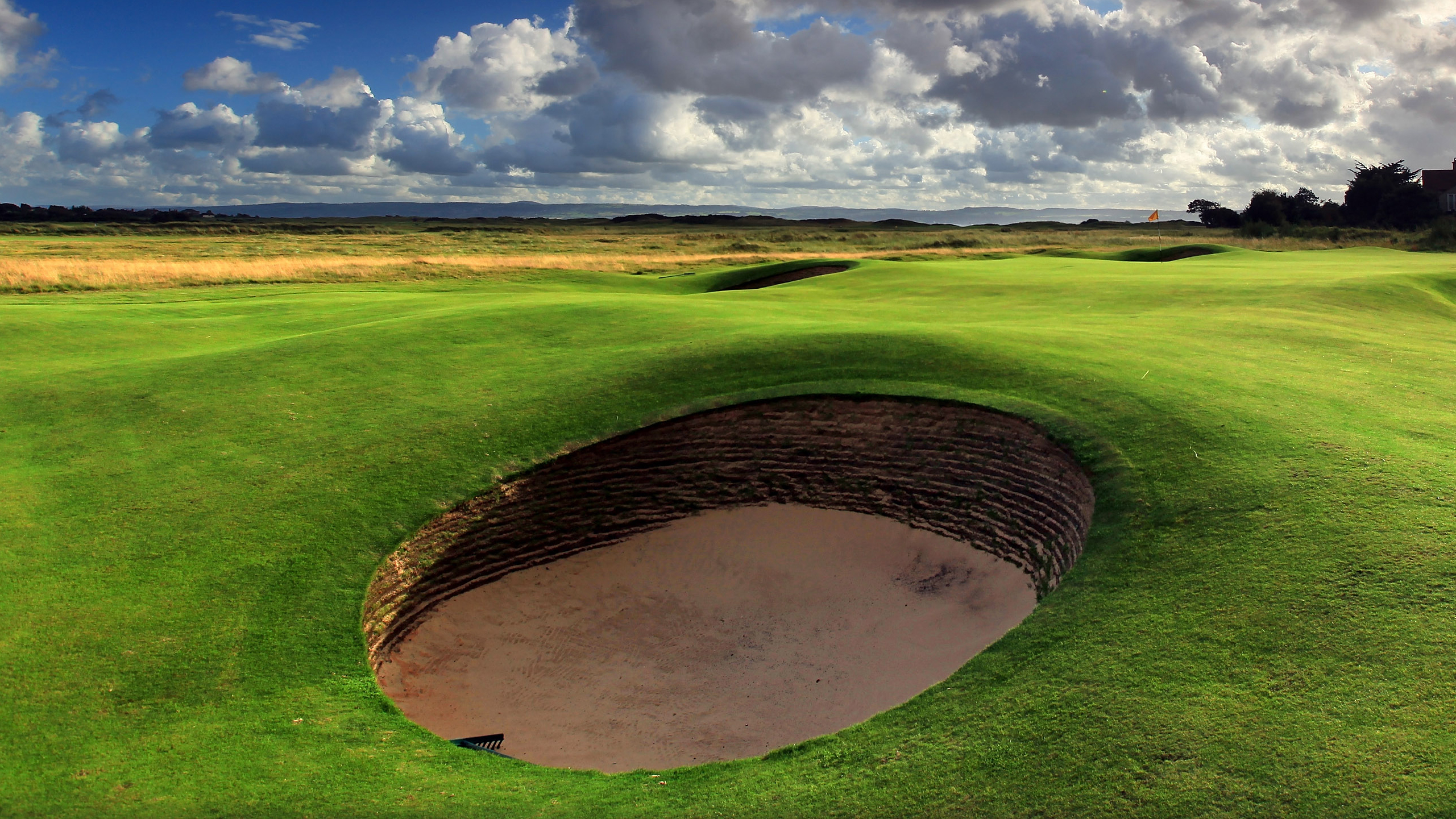 What Is A Revetted Bunker?
What Is A Revetted Bunker?We look at this distinctive type of trap and explain how it's constructed
By Sam Tremlett Published
-
 Which Golf Courses Does Donald Trump Own?
Which Golf Courses Does Donald Trump Own?Did you know that Donald Trump owns golf courses in the US, UK, Ireland and Middle East?
By Elliott Heath Published
-
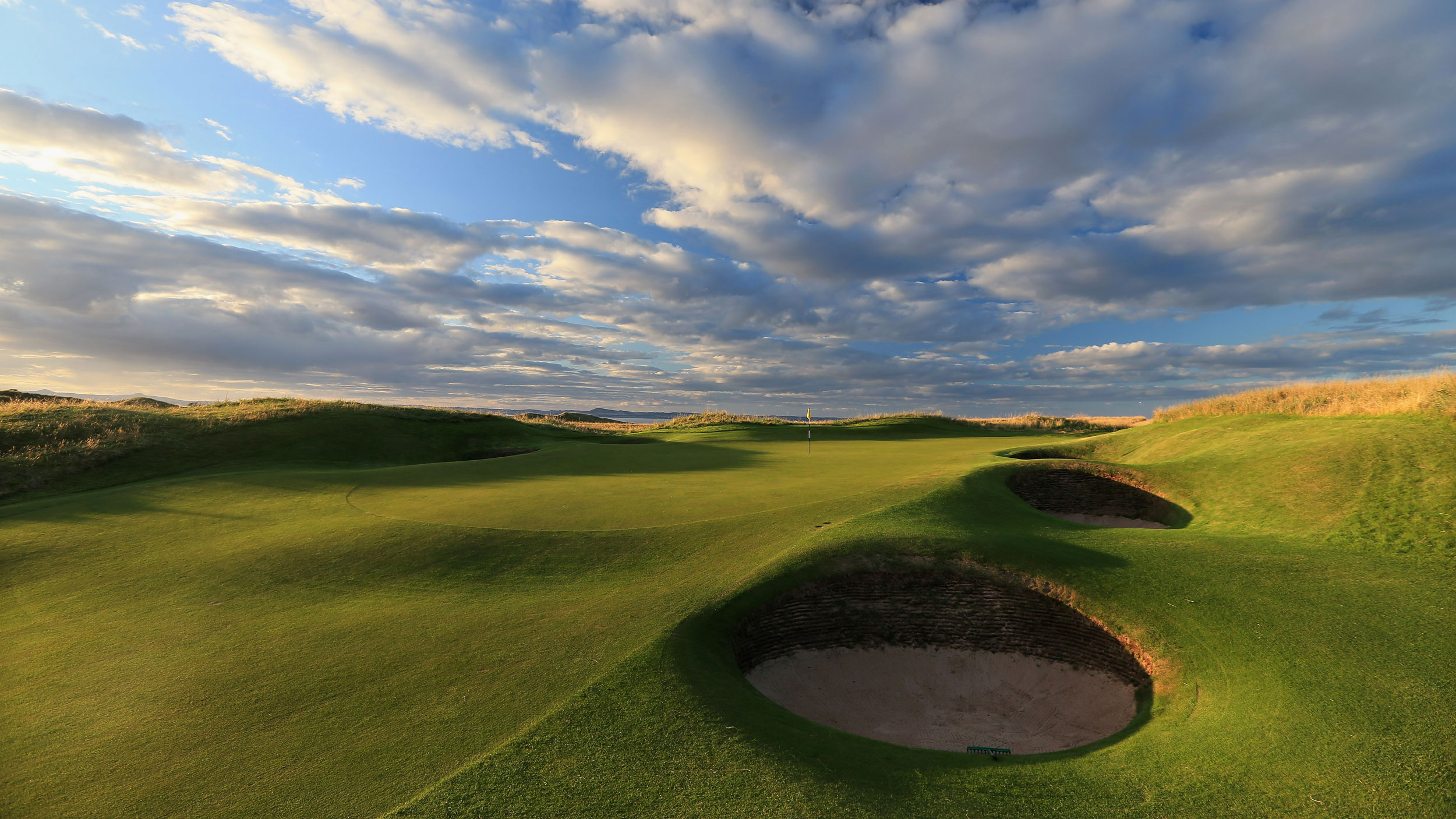 Best Golf Courses In Scotland
Best Golf Courses In ScotlandThe Home of Golf has to be experienced, with some truly beautiful and historic links. Here we list our top 25 Scottish golf courses...
By Elliott Heath Published